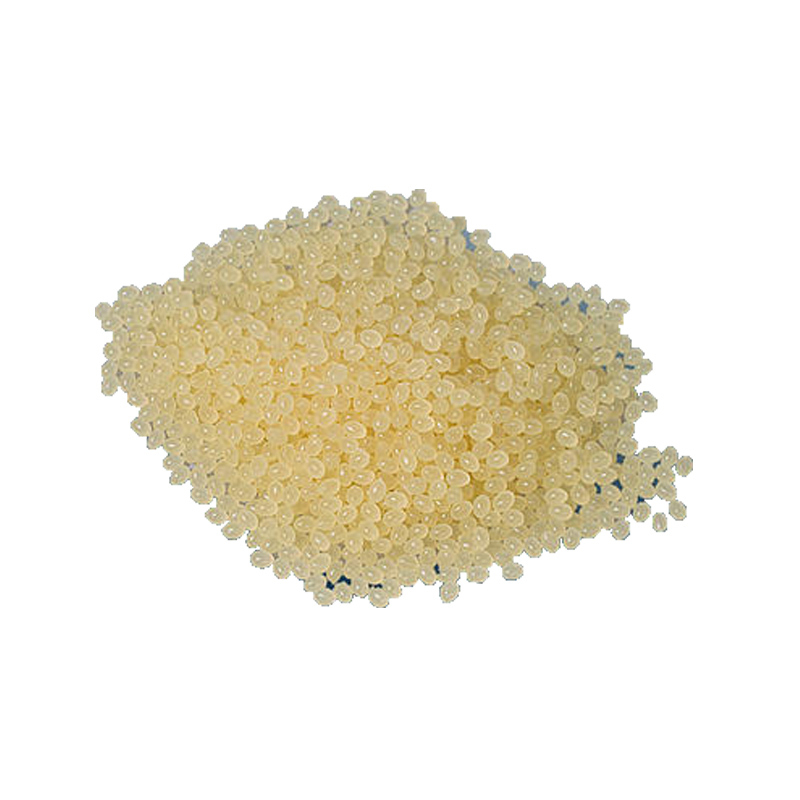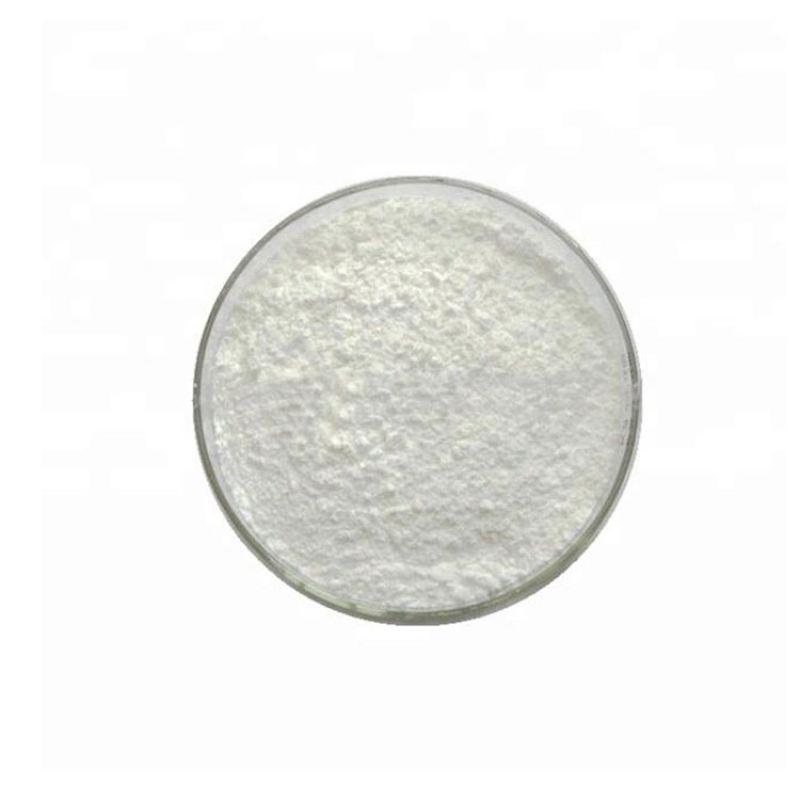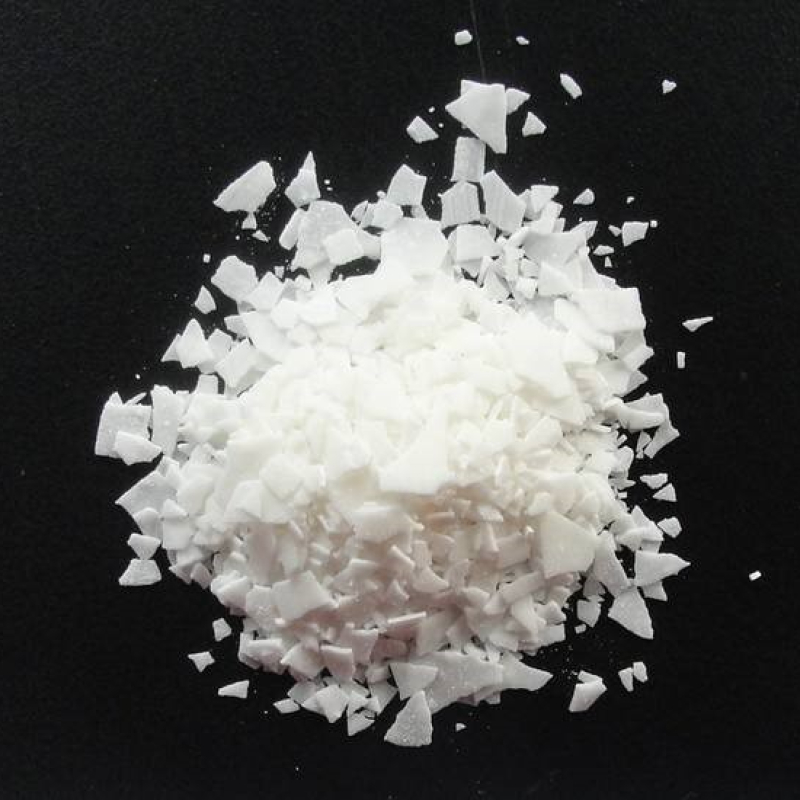Products Description of POLY(METHYLSILSESQUIOXANE) CAS#68554-70-1White powderPOLY(METHYLSILSESQUIOXANE) Chemical Propertiesdensity 1,08 g/cm3refractive index 1.42Fp >121°Csolubility Insoluble in water.form SolidSpecific Gravity1.08color Clear. White.EPA Substance Registry SystemSilsesquioxanes, Me (68554-70-1)Safety InformationRisk Statements 36/37/38Safety Statements 26-36/37/39TSCA YesFactory and Equipment ShowFast delivery timeInventory 2-3 working days New production 7-10 working days
Contact Now
Products Description of Poly(tetrahydrofuran)CAS#25190-06-1Polytetrahydrofuran is a white waxy solid that is easily soluble in alcohols, esters, ketones, aromatic hydrocarbons and chlorinated hydrocarbons, but insoluble in aliphatic hydrocarbons and water.
Contact Now
Products Description of TITANIUM DIOXIDE CAS#1317-70-0The lattice structure of anatase is also tetragonal, but the lower packing fraction of the crystal lattice explains why anatase crystal exhibits both a lower hardness and refractive indices than rutile.Nevertheless, because the crystal lattice energies of the two phases are quite similar, anatase remains metastable over long periods of time despite being less thermodynamically stable. However, above 700°C, the irreversible and rapid monotropic conversion of anatase to rutile occurs.
Contact Now
Products Description of Poly(acrylic acid)CAS#9003-1-4Acrylic resin (MethylMethacrylateResin), commonly known as organic glass, is a polymer compound made from methyl methacrylate. Commonly used synthesis methods include anionic polymerization, solution polymerization, bulk polymerization, and suspension polymerization. In addition, the resin has excellent properties such as easy coloring, light weight, not easy to break, and good processing performance. Therefore, it is often used as a substitute for glass, optical lenses, lenses, etc.
Contact Now
Products Description of Tetrabutylammonium Perchlorate CAS#1923-70-2Tetrabutylammonium perchlorate is used as a research compound, in medicine, and as an electrolyte in electrochemical gradeTetrabutylammonium perchlorate Chemical PropertiesMelting point 211-215 °Cdensity 1.0387 (rough estimate)refractive index 1.6800 (estimate)solubility acetonitrile: 0.1 g/mL, clear, colorlessform Crystalline Powdercolor WhiteWater Solubility Soluble in acetonitrile and ethanol.
Contact Now
Products Description of Cuprous bromide CAS#7787-70-4Cuprous bromide is white powder or cubic crystal, with a melting point of 498°C and a boiling point of 1345°C.
Contact Now
Products Description of Antioxidant 1330 CAS#1709-70-2Hindered phenol antioxidant 330 is a white crystalline powder with a melting point above 244°C. It is insoluble in water. Its solubility in some solutions at 18°C (g/100g solvent) is: benzene 20, dichloromethane 31.9, methylcyclohexane 1.7, methanol 0.2, isopropanol 0.1.
Contact Now
Products Description of Antioxidant 1330 CAS#1709-70-2Hindered phenol antioxidant 330 is a white crystal powder with a melting point above 244°C and is insoluble in water. The solubility (g/100g solvent) in certain solutions at 18°C is: benzene 20, methylene chloride 31.9, methylcyclohexane Alkane 1.7, methanol 0.2, isopropyl alcohol 0.1.
Contact Now
Products Description of 2,2'-[(1-Methylethylidene)bis[(dibromo-4,1-phenylene)oxymethylene]]bis[oxirane]-4,4'-(1-methylethylidene)bis[2,6-dibromophenol] copolymer CAS#68928-70-1Tetrabromobisphenol A-tetrabromobisphenol A glycidyl ether copolymer is widely used in flame retardant potting materials, flame retardant laminate adhesives, etc.
Contact Now
Products Description of LANTHANUM ACETATECAS#917-70-4White powderLANTHANUM ACETATE Chemical Propertiesdensity 2.02[at 20℃]Water Solubility 100g/L at 20℃CAS DataBase Reference917-70-4(CAS DataBase Reference)EPA Substance Registry SystemLanthanum acetate (917-70-4)Factory and Equipment ShowFast delivery timeInventory 2-3 working days New production 7-10 working days
Contact Now
Products Description of Poly(dimethylsiloxane)CAS#9016-00-6Depending on the relative molecular mass, the appearance of polydimethylsiloxane ranges from colorless and transparent volatile liquid to extremely high viscosity liquid or silica gel. It has physiological inertness, good chemical stability, electrical insulation and weather resistance, a wide viscosity range, a low freezing point, a high flash point, good hydrophobicity, and high shear resistance. It can be used for a long time at a temperature of 50 to 180°C.
Contact Now
Products Description of Glutathione CAS#70-18-8Glutathione is a tripeptide compound formed by glutamic acid, cysteine and glycine through peptide bond condensation. It is the most important low-molecular thiol for anti-oxidative stress in mammalian cells. It was discovered in 1921 and its chemical structure was determined in 1930. Dr. Al Mindell, a famous American nutrition and health expert, called glutathione a triple-effective anti-aging amino acid. It is also known as nature's antioxidant master. It has the appearance of colorless, transparent, elongated granular crystals.
Contact Now
POLY(METHYLSTYRENE-CO-INDENE) CAS#69430-35-9It has good thermal stability and chemical stability, and is not prone to chemical reactions under normal conditions. However, under extreme conditions such as high temperature, strong acid, and strong alkali, its chemical structure may be affected to a certain extent.
Contact Now
Products Description of Tetramethylguanidine CAS#80-70-6Tetramethylguanidine, referred to as TMG, is a strong organic base catalyst with a wide range of uses in industry.
Contact Now
Products Description of POLY(ANTIMONY ETHYLENE GLYCOXIDE) CAS#29736-75-2White crystalline solid, non-toxic and odorless, decomposes in contact with moist air.POLY(ANTIMONY ETHYLENE GLYCOXIDE) Chemical PropertiesMelting point >100°C (dec.)Boiling point 267.3℃[at 101 325 Pa]density 1[at 20℃]Fp >110°CWater Solubility 400ng/L at 20℃Hydrolytic Sensitivity7: reacts slowly with moisture/waterEPA Substance Registry System2,5,7,10,11,14-Hexaoxa-1,6-distibabicyclo[4.4.4]tetradecane (29736-75-2) Safety InformationRisk Statements 20/21/22Safety Statements
Contact Now
Products Description of Triallylamine CAS#102-70-5Triallylamine is an organic compound with the chemical formula C9H15N. It is mainly used as an extraction agent for uranium and rare metals. It can also be used to treat organic wastewater and produce petroleum products and quaternary ammonium compounds and their derivatives as additives and metal resists.
Contact Now
Products Description of Poly(maleicanhydride-acrylicacidcopolymer) CAS#26677-99-6 Solvent polymerization: Copolymerization in benzene, toluene, xylene, trimethylbenzene, ethylbenzene, isopropylbenzene, butylbenzene or their mixtures can produce white, brittle solid polymers with a relative molecular mass of about 4000.
Contact Now
Products Description of Poly(methylhydrosiloxane) CAS#63148-57-2Polymethylhydrogensiloxane is a silicone oil used in biology and chemistry. Under the action of metal salt catalysts, it can cross-link into a film at low temperature, forming a waterproof film on the surface of various materials.
Contact Now
Products Description of Poly(vinyl alcohol)CAS#25213-24-5White powderPoly(vinyl alcohol) Chemical PropertiesMelting point >300 °CEPA Substance Registry SystemVinyl acetate vinyl alcohol polymer (25213-24-5)Safety InformationRisk Statements 23/24/25-36/38-39/23/24/25Safety Statements 26-36/37-45WGK Germany 1RTECS TR8100000 Factory and Equipment ShowFast delivery timeInventory 2-3 working days New production 7-10 working days
Contact Now
Products Description of Poly(dipropyleneglycol)phenyl phosphite CAS#80584-86-7Colorless liquidFactory and Equipment ShowFast delivery timeInventory 2-3 working days New production 7-10 working days
Contact Now
Products Description of Poly(methyl methacrylate)CAS#9011-14-7Polymethyl Methacrylate (PMMA) is a high molecular polymer, also known as acrylic or organic glass. It has the advantages of high transparency, low price, and easy machining. It is a commonly used glass substitute material.On October 27, 2017, the World Health Organization's International Agency for Research on Cancer published a preliminary list of carcinogens for reference.
Contact Now
Products Description of Poly(L-lysine hydrobromide) CAS#25988-63-0Antioxidants, Chelating Agents, PreservativesPoly(L-lysine hydrobromide) Chemical Propertiesstorage temp. 2-8°Cform lyophilized powderStability:Stable. Incompatible with strong acids, strong bases. Safety InformationWGK Germany 3F 3-10Product Application of Poly(L-lysine hydrobromide) CAS#25988-63-0Only a trace amount of polylysine needs to be added to food to be effective, and it will not affect the taste of the food. It can be used as a natural preservative for food.
Contact Now
Products Description of Poly(ethylene glycol) distearate CAS#9005-08-7This product is a white solid, soluble in isopropanol, glycerin, gasoline solvents, dispersed in water, melting point 35 ~ 37 ℃.Poly(ethylene glycol) distearate Chemical PropertiesMelting point 35-37 °CFp >230 °FOdorat 100.00?%.
Contact Now
Products Description of Pyridazin-3-Amine CAS#5469-70-5Pyridazine-3-amine appears as a white or off-white solid powder at room temperature and pressure. It is a commercial drug molecule and organic synthesis intermediate. It can be used as a molecular skeleton to participate in the synthesis of drug molecules and bioactive molecules.
Contact Now


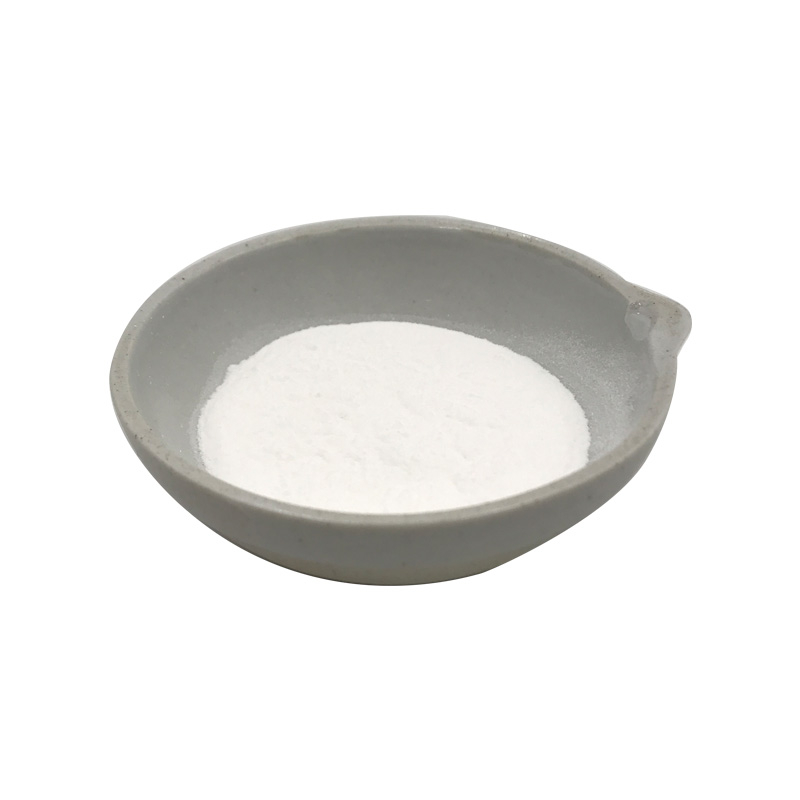


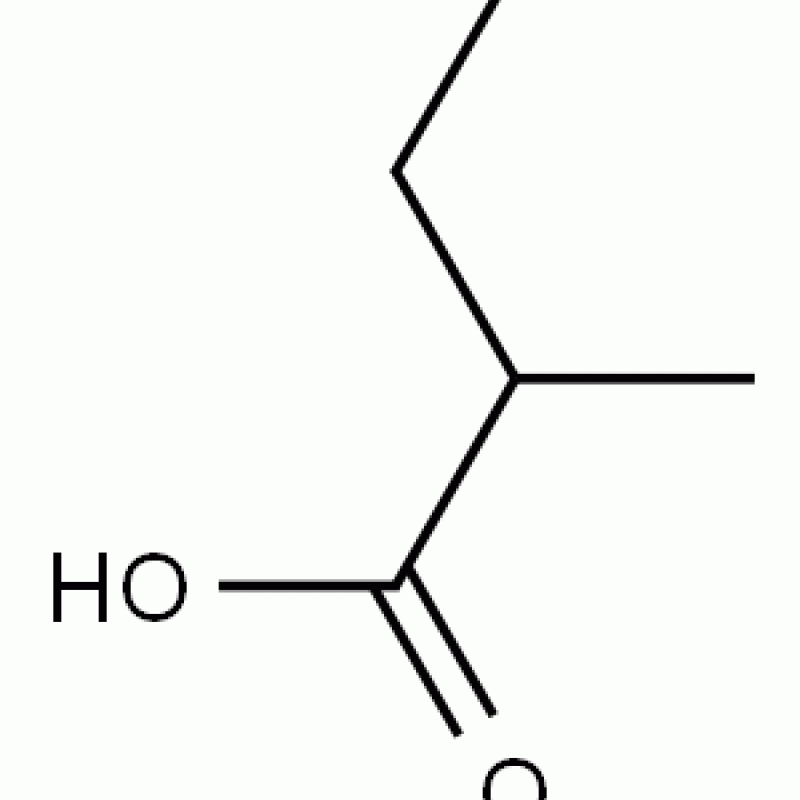




![2,2'-[(1-Methylethylidene)bis[(dibromo-4,1-phenylene)oxymethylene]]bis[oxirane]-4,4'-(1-methylethylidene)bis[2,6-dibromophenol] copolymer CAS#68928-70-1](https://sdluxicdn.huazhi.cloud/cdn/ff/4aHmJfFwYpEABMbnR7HTG1yocAzE1PHApY-zrZ-DCjo/1717752361/public/styles/chanpinzhutu/public/2024-06/%E6%97%A0%E8%89%B2%E6%B6%B2%E4%BD%93%20%283%29%20-%20%E5%89%AF%E6%9C%AC_5.jpg?itok=G1rPjRBd)



